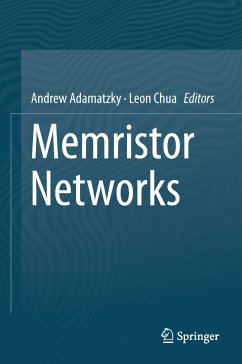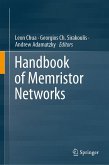Using memristors one can achieve circuit functionalities that are not possible to establish with resistors, capacitors and inductors, therefore the memristor is of great pragmatic usefulness. Potential unique applications of memristors are in spintronic devices, ultra-dense information storage, neuromorphic circuits, and programmable electronics. Memristor Networks focuses on the design, fabrication, modelling of and implementation of computation in spatially extended discrete media with many memristors. Top experts in computer science, mathematics, electronics, physics and computer engineering present foundations of the memristor theory and applications, demonstrate how to design neuromorphic network architectures based on memristor assembles, analyse varieties of the dynamic behaviour of memristive networks, and show how to realise computing devices from memristors. All aspects of memristor networks are presented in detail, in a fully accessible style. An indispensable source of information and an inspiring reference text, Memristor Networks is an invaluable resource for future generations of computer scientists, mathematicians, physicists and engineers.
Dieser Download kann aus rechtlichen Gründen nur mit Rechnungsadresse in A, B, BG, CY, CZ, D, DK, EW, E, FIN, F, GR, HR, H, IRL, I, LT, L, LR, M, NL, PL, P, R, S, SLO, SK ausgeliefert werden.









